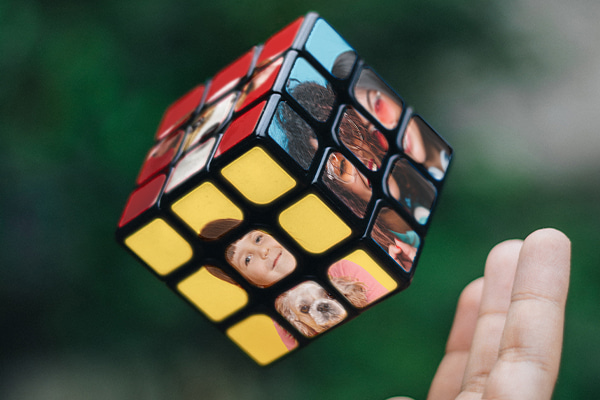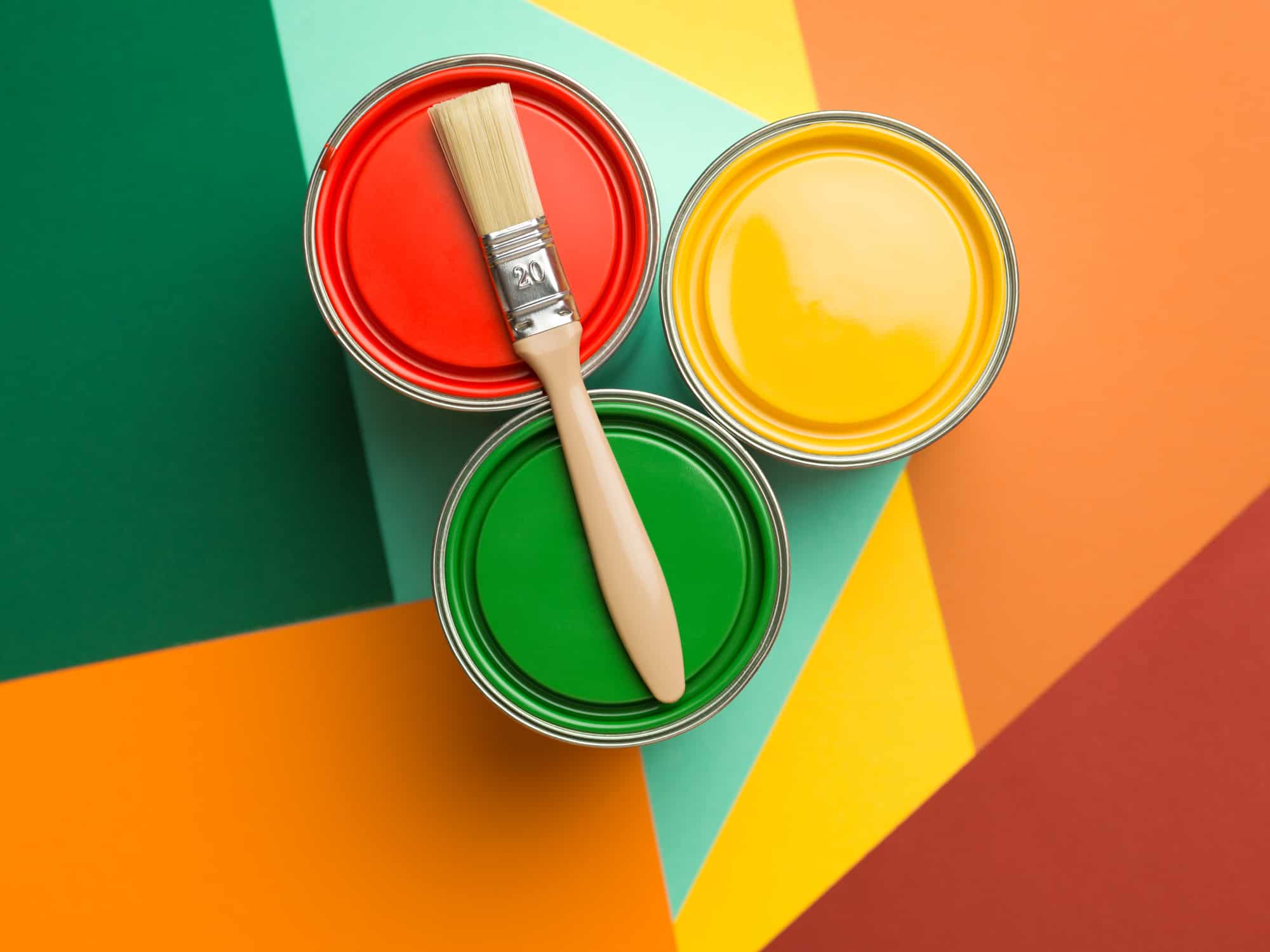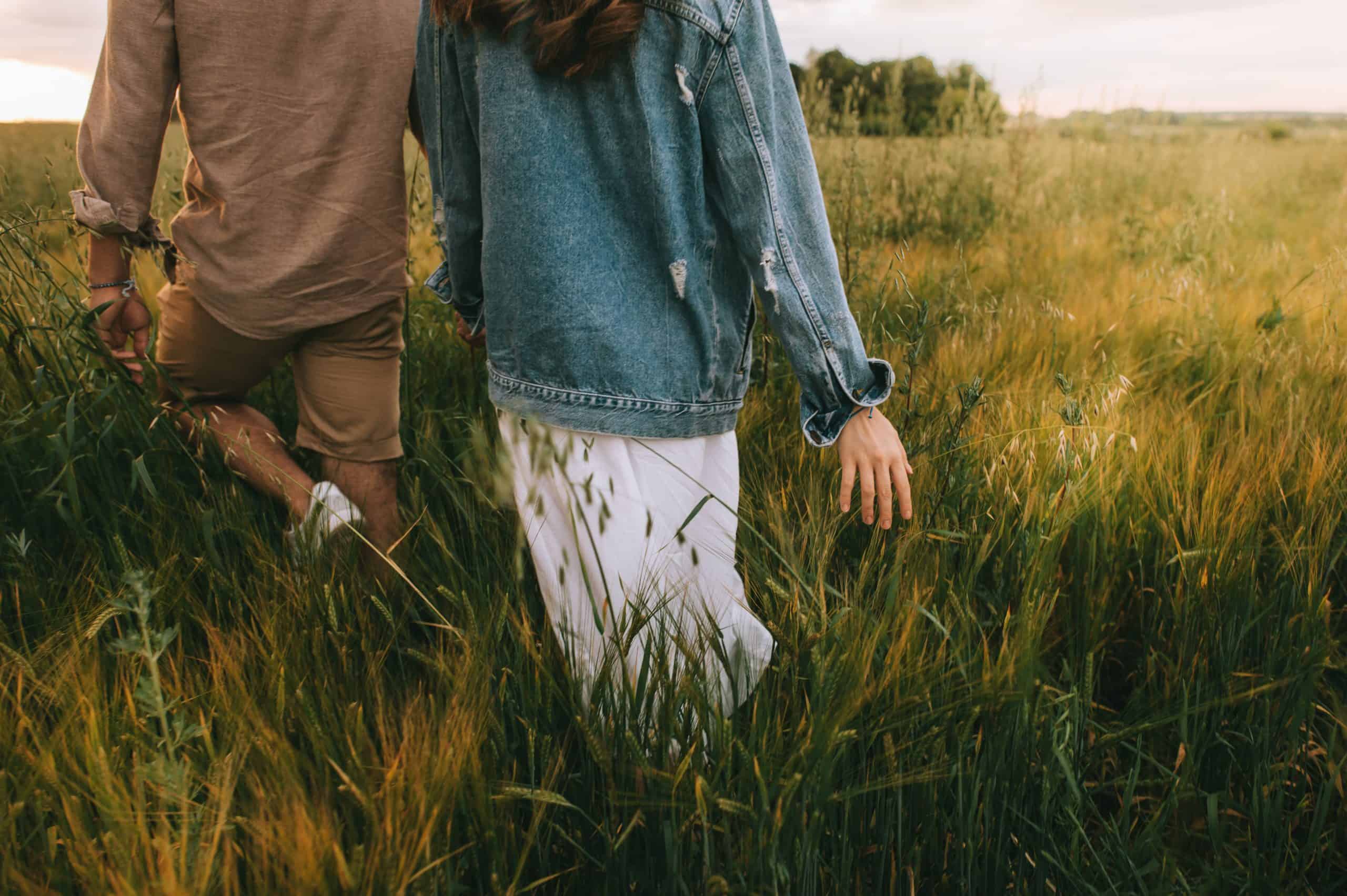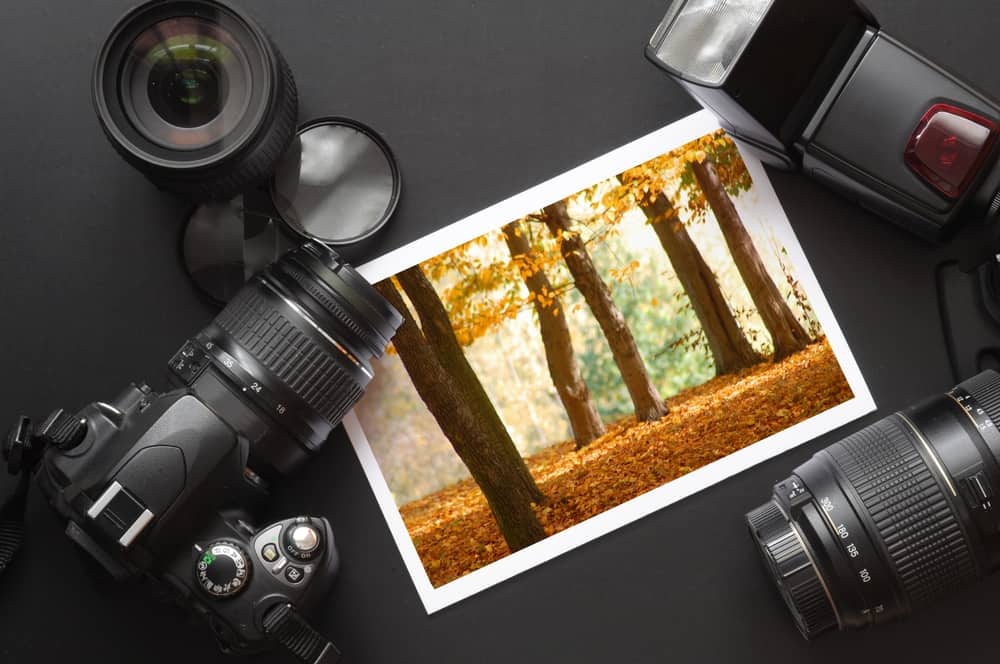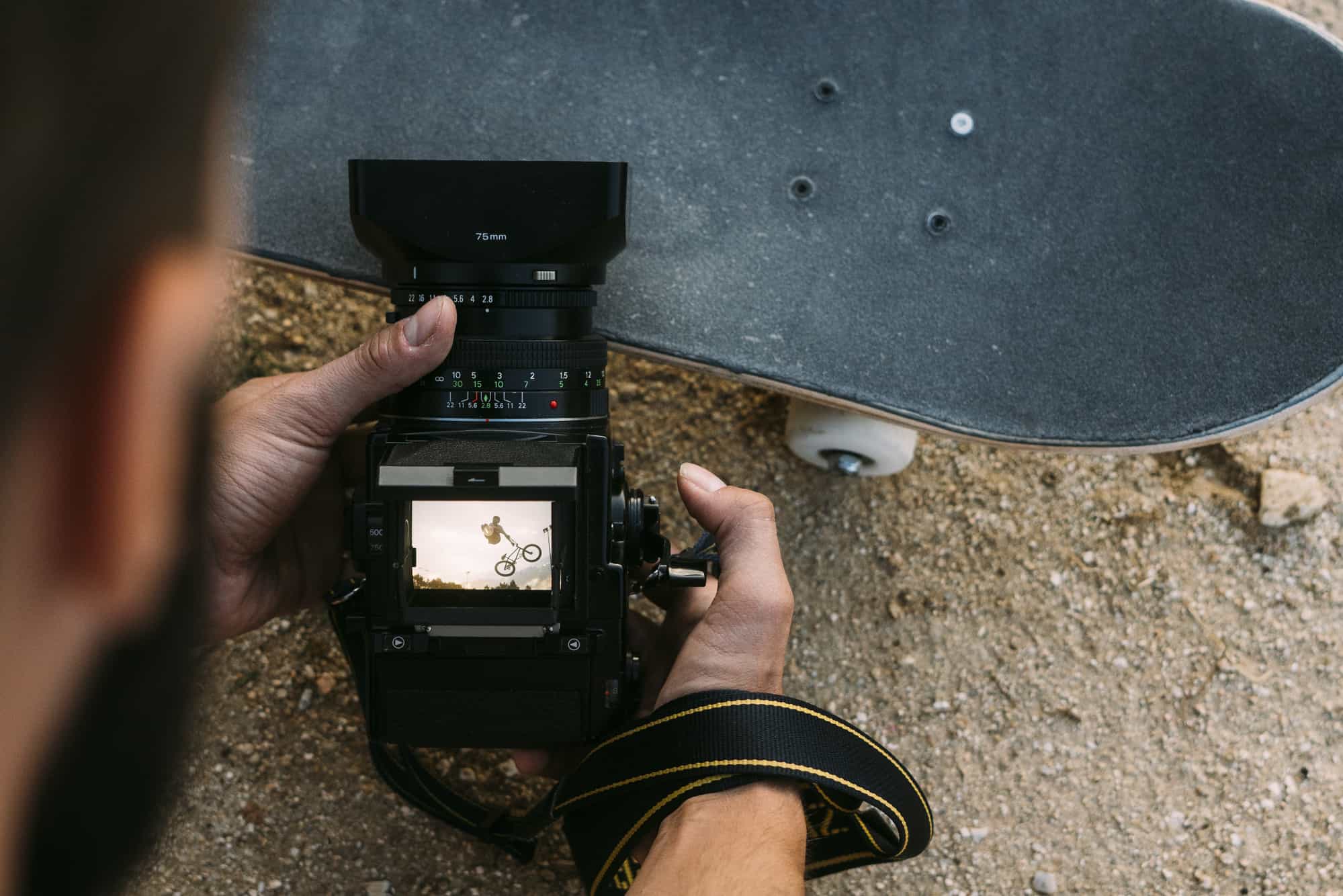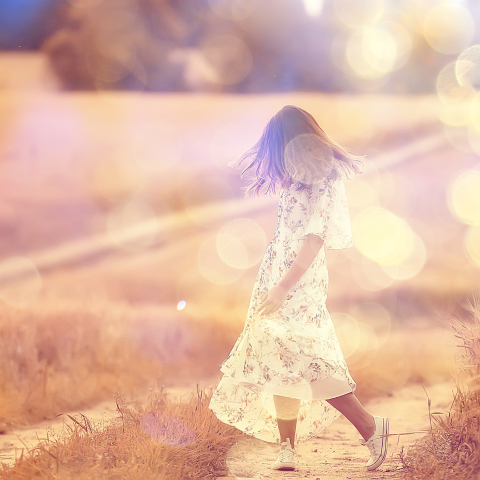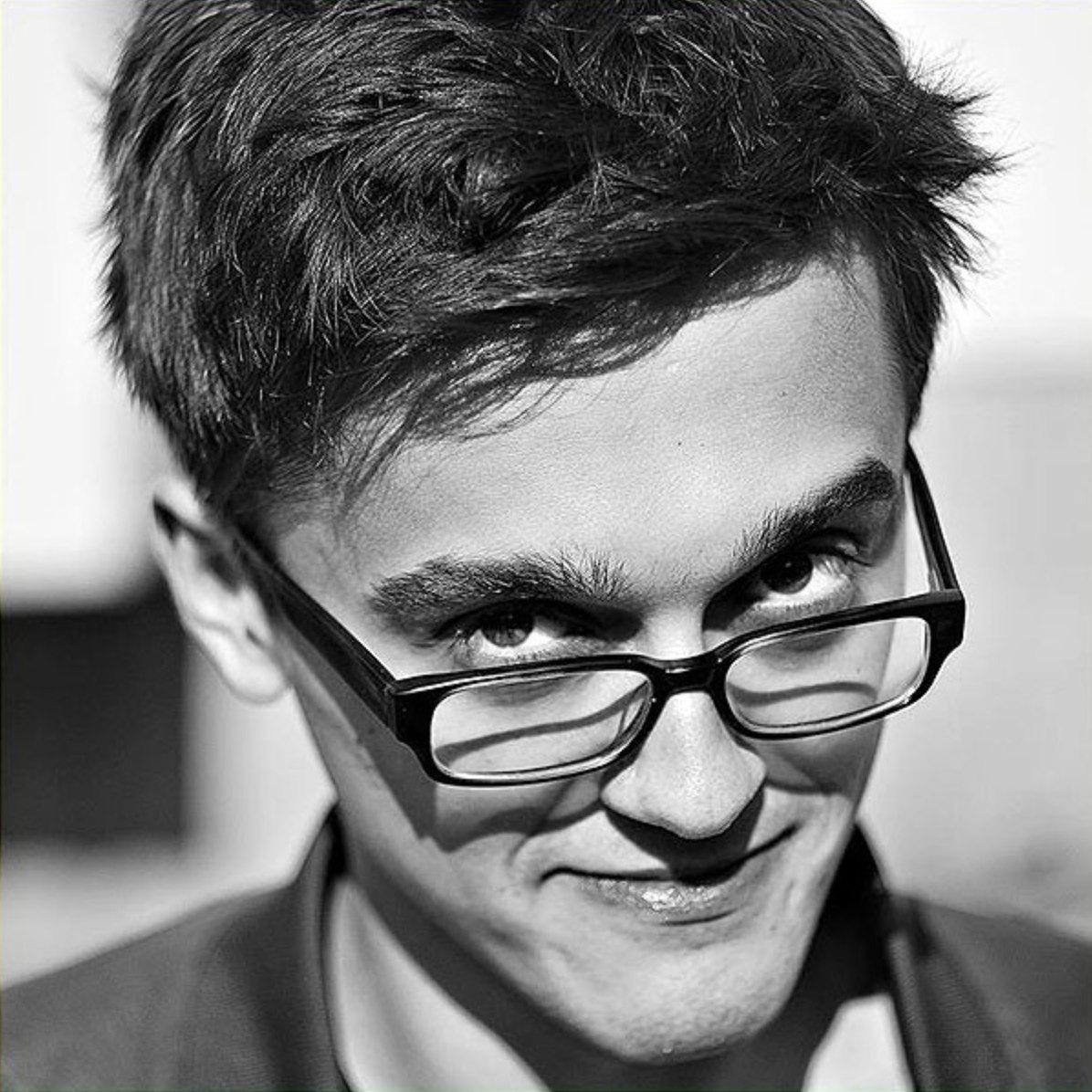On doing photography and having fun with it
I never planned to become a photographer, it was mostly the result of traveling to places for the first time and feeling the desire to capture things around me. As I am a bit of a night owl (which I see as a common trait for creatives), I would go out and wander with my camera to switch off. At night, time and people move differently – as a photographer, it is the best time to see the city come to life. I like to capture real moments and turn them into the surreal to make a viewer question the reality depicted in the image. First and foremost, I see myself as an artist. With photography, I always felt that things had to be ‘as is’ and everything had to be depicted as truth. The moment I began to see it as a creative outlet is when I began to have fun.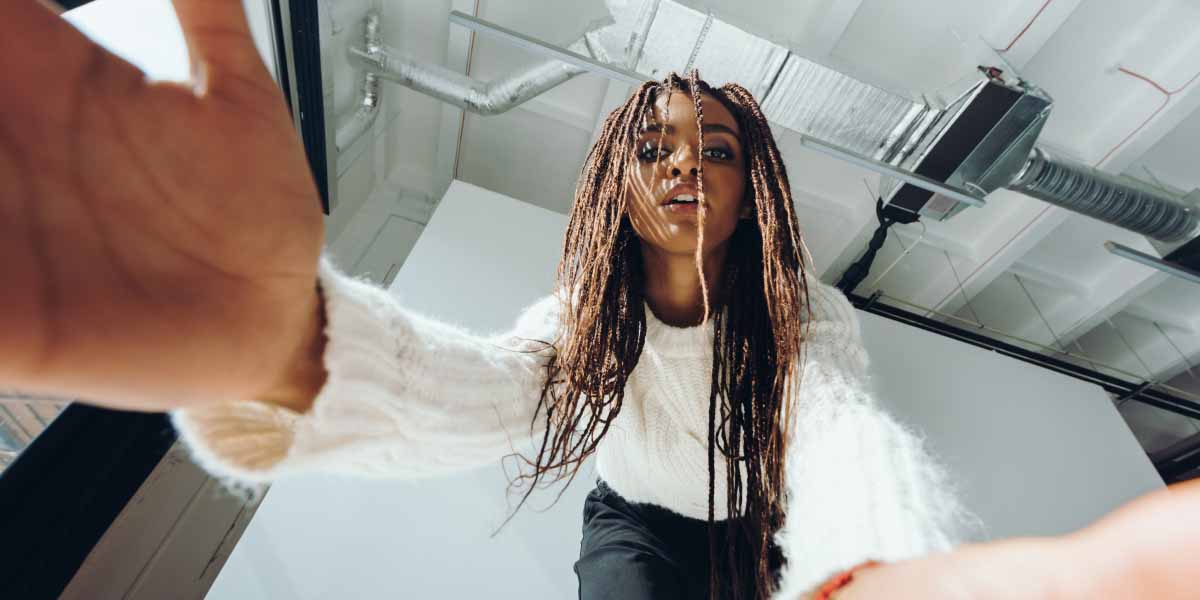
© Liam Wong
The moment I began to see photography as a creative outlet is when I began to have fun.With digital cameras (and even smartphones) you have the ability to shoot in RAW which offers way more control in post-production. As a quick tip, you can underexpose shots and bring the detail back after.
On the fascination with the cyberpunk aesthetic
I think my fascination with the cyberpunk aesthetic goes back to the work of Syd Mead on “Blade Runner”. I stumbled upon his book in the old book district in Tokyo (Jinbocho) and it was somewhat of a crystallizing moment for me. Ever since then, I felt inspired to capture the city but channel the feeling he put into his illustrations and the world that we see in “Blade Runner”. Among creatives that inspire me are:- Syd Mead, a visual futurist and artist on Blade Runner
- Fan Ho, a photographer known for capturing Hong Kong in black and white
- Saul Leiter, a photographer who captured mood and texture better than any other, in my opinion
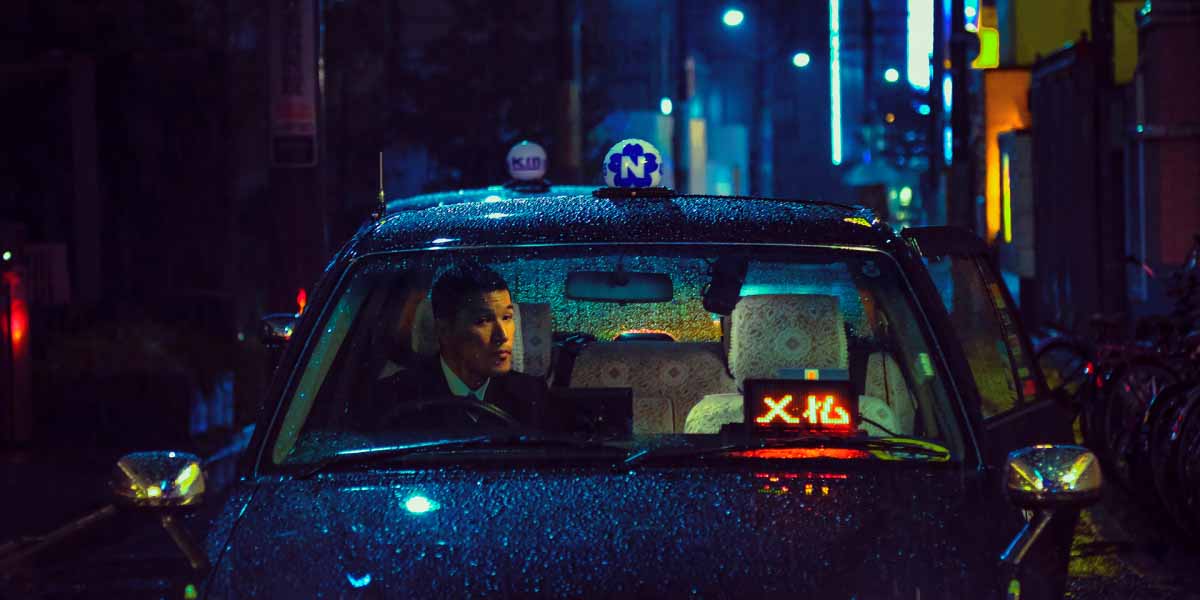
© Liam Wong
On the newly-published book “TO:KY:OO”
“TO:KY:OO” is a cyberpunk-inspired photographic exploration of nocturnal Tokyo through the lens of a game designer. It encompasses my three years as a photographer and ultimately the completion of my debut photo series. The title “TO:KY:OO”, takes its structure from the six digit LED clocks (“00:00:00” being midnight), the majority of images are captured after midnight and with each photo a timestamp is included. They are moments I captured over the years as I fell in love with not just photography but Tokyo. The book itself is made up mostly of tips for photographers, the creative process, and anecdotes about the city itself. It doesn’t have a narrative as such, but my goal was to take somebody through an alternate version of the city. I hope that it makes someone want to travel there, or remind them of the metropolis.Nothing is truly original but when you put part of yourself into your work, you will feel much closer to it.My favourite image in the book is “Minutes to Midnight” (the cover) or possibly “Memories of Green”. I feel that they accurately represent my inspirations of things like Blade Runner, Oldboy or the work of Fan Ho. As I come from a graphic design background – there’s something satisfying about capturing something with a clean composition. With “Minutes to Midnight”, the man walks down the center of the alley with his umbrella, while the last train passes by in the background. For Memories of Green, there’s just something interesting about the structures and overhead wires mixed with the smoke from the yakitori grill with the couple passing through it.
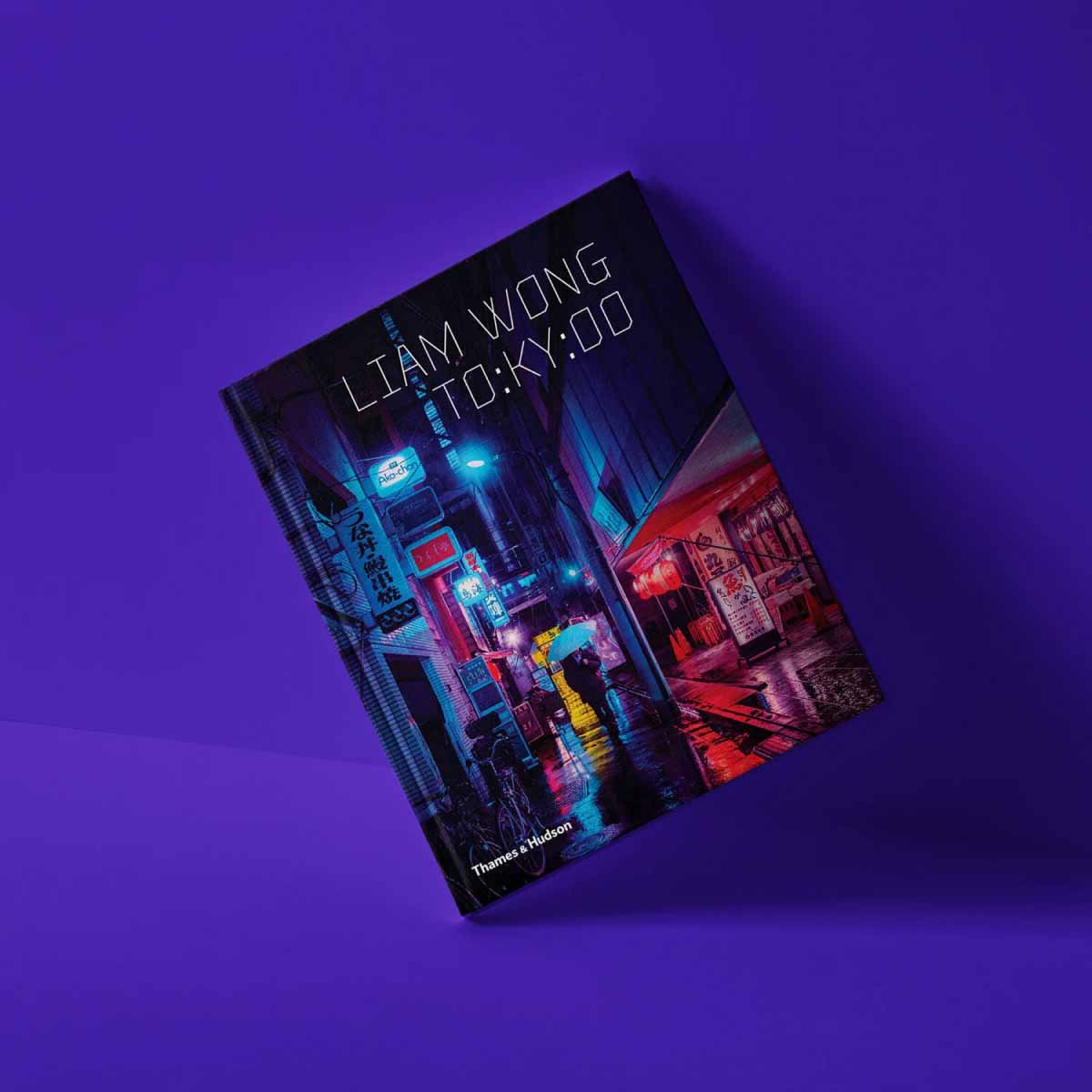
© Liam Wong
